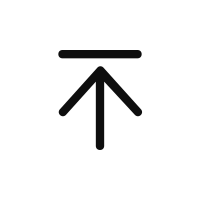GitHub上奇虎工程师张伟维护的一个资源列表。他在致谢中提到列表的缘起是因为读到了"AI算法修炼营(AI_SuanFa)"上SFXiang的文章, 论文集来自CSDN上的“庆志的小徒弟”。
资源列表的介绍:
At present, surface defect equipment based on machine vision has widely replaced artificial visual inspection in various industrial fields, including 3C, automobiles, home appliances, machinery manufacturing, semiconductors and electronics, chemical, pharmaceutical, aerospace, light industry and other industries. Traditional surface defect detection methods based on machine vision often use conventional image processing algorithms or artificially designed features plus classifiers. Generally speaking, imaging schemes are usually designed by using the different properties of the inspected surface or defects. A reasonable imaging scheme helps to obtain images with uniform illumination and clearly reflect the surface defects of the object. In recent years, many defect detection methods based on deep learning have also been widely used in various industrial scenarios.
Compared with the clear classification, detection and segmentation tasks in computer vision, the requirements for defect detection are very general. In fact, its requirements can be divided into three different levels: "what is the defect" (classification), "where is the defect" (positioning) And "How many defects are" (split).
Google翻译:
目前,基于机器视觉的表面缺陷设备已在各个工业领域广泛替代人工视觉检测,包括3C、汽车、家电、机械制造、半导体及电子、化工、医药、航空航天、轻工等行业。传统的基于机器视觉的表面缺陷检测方法往往使用传统的图像处理算法或人工设计的特征加分类器。一般来说,成像方案通常是利用被检测表面或缺陷的不同特性来设计的。合理的成像方案有助于获得光照均匀的图像,清晰地反映物体的表面缺陷。近年来,许多基于深度学习的缺陷检测方法也被广泛应用于各种工业场景。
与计算机视觉中清晰的分类、检测和分割任务相比,缺陷检测的要求非常普遍。实际上,它的要求可以分为三个不同的层次:“缺陷是什么”(分类)、“缺陷在哪里”(定位)和“缺陷有多少”(拆分)。
内容中包含的图片若涉及版权问题,请及时与我们联系删除



评论
沙发等你来抢